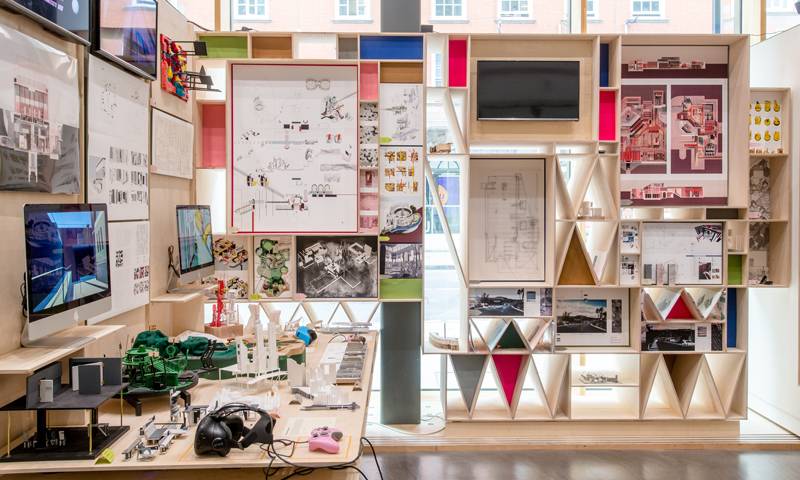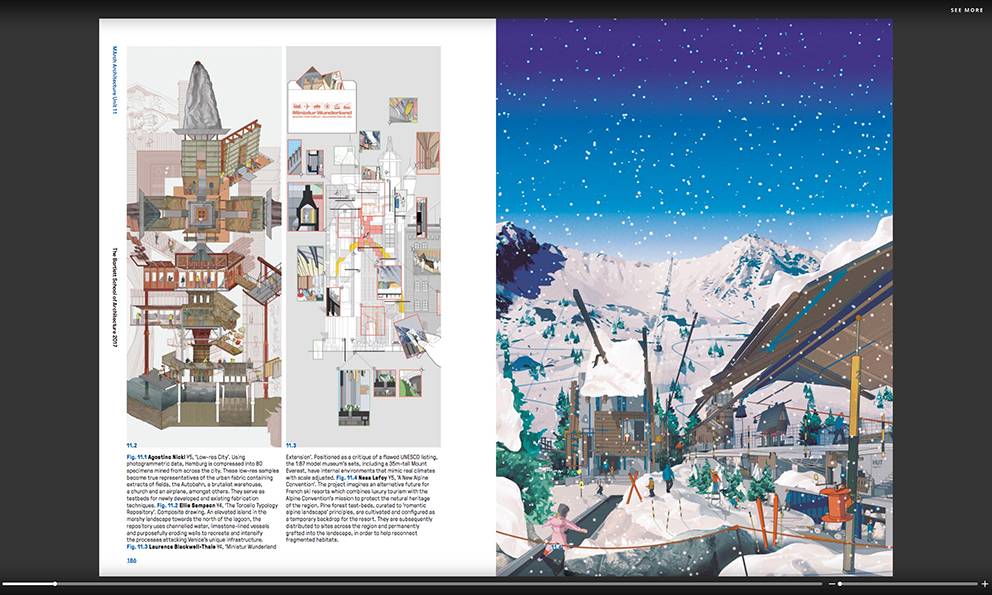The Architecture MArch is committed to encouraging an innovative and professional, dedicated and creative approach to a more equitable, diverse, and inclusive understanding of architecture.
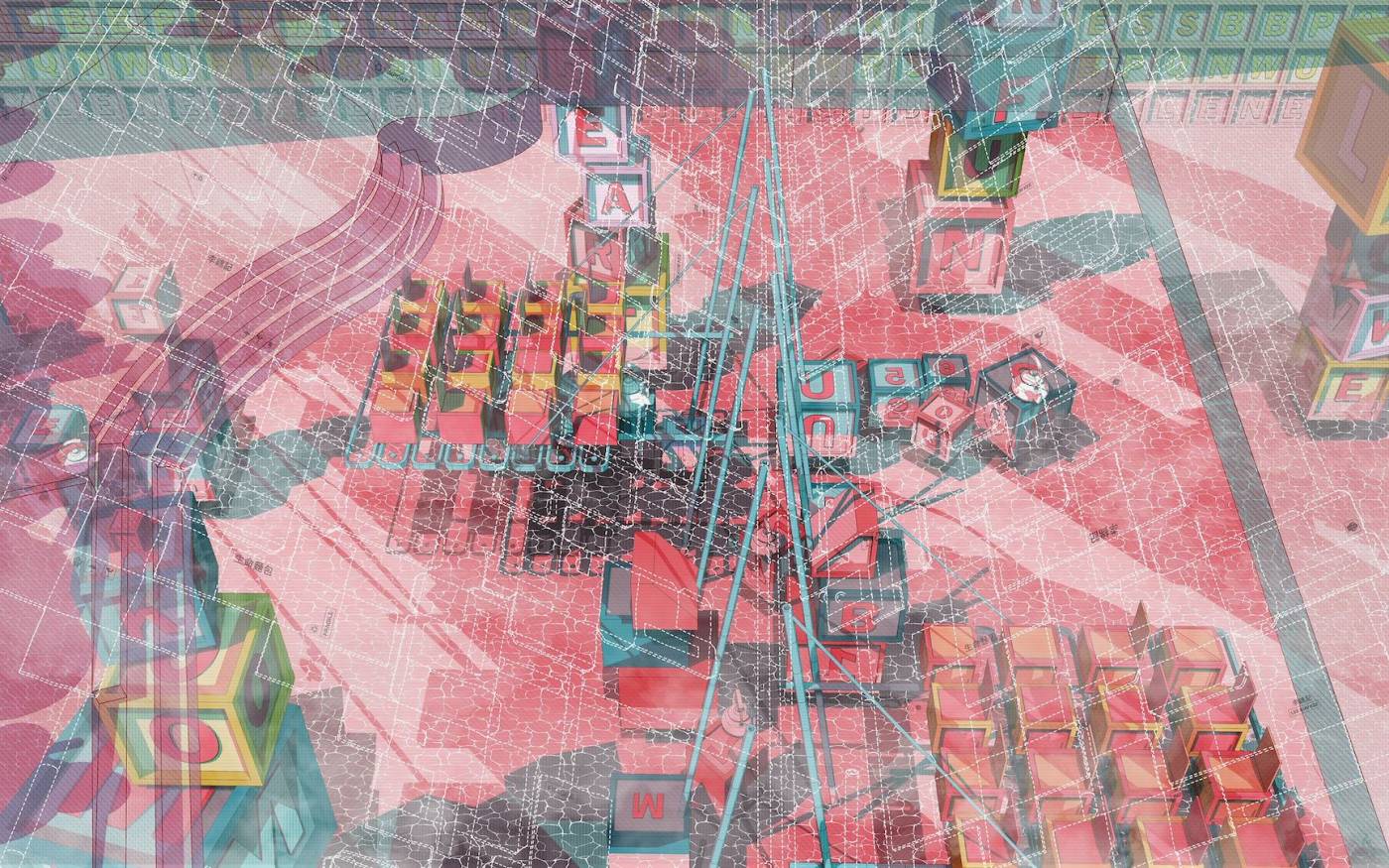
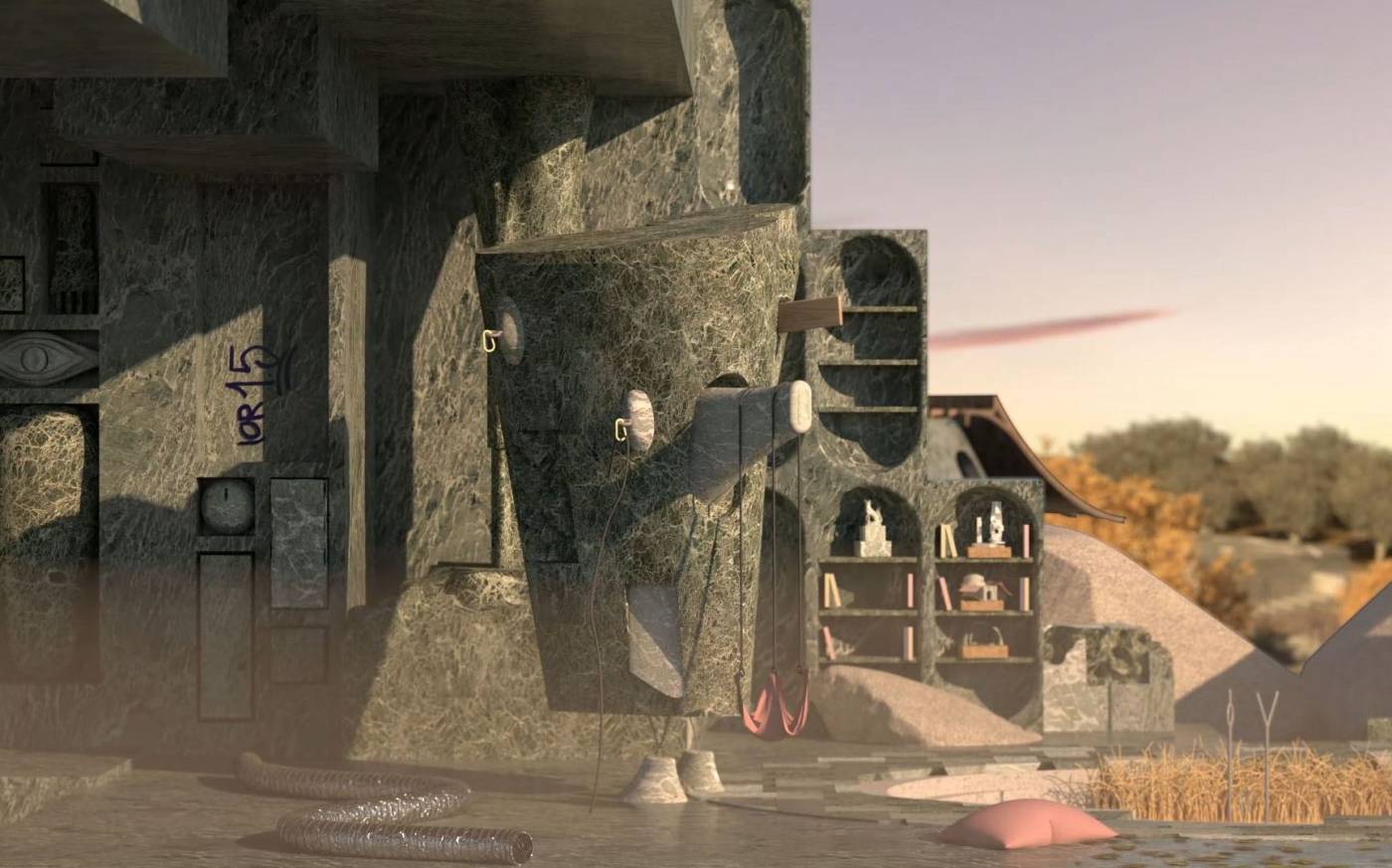
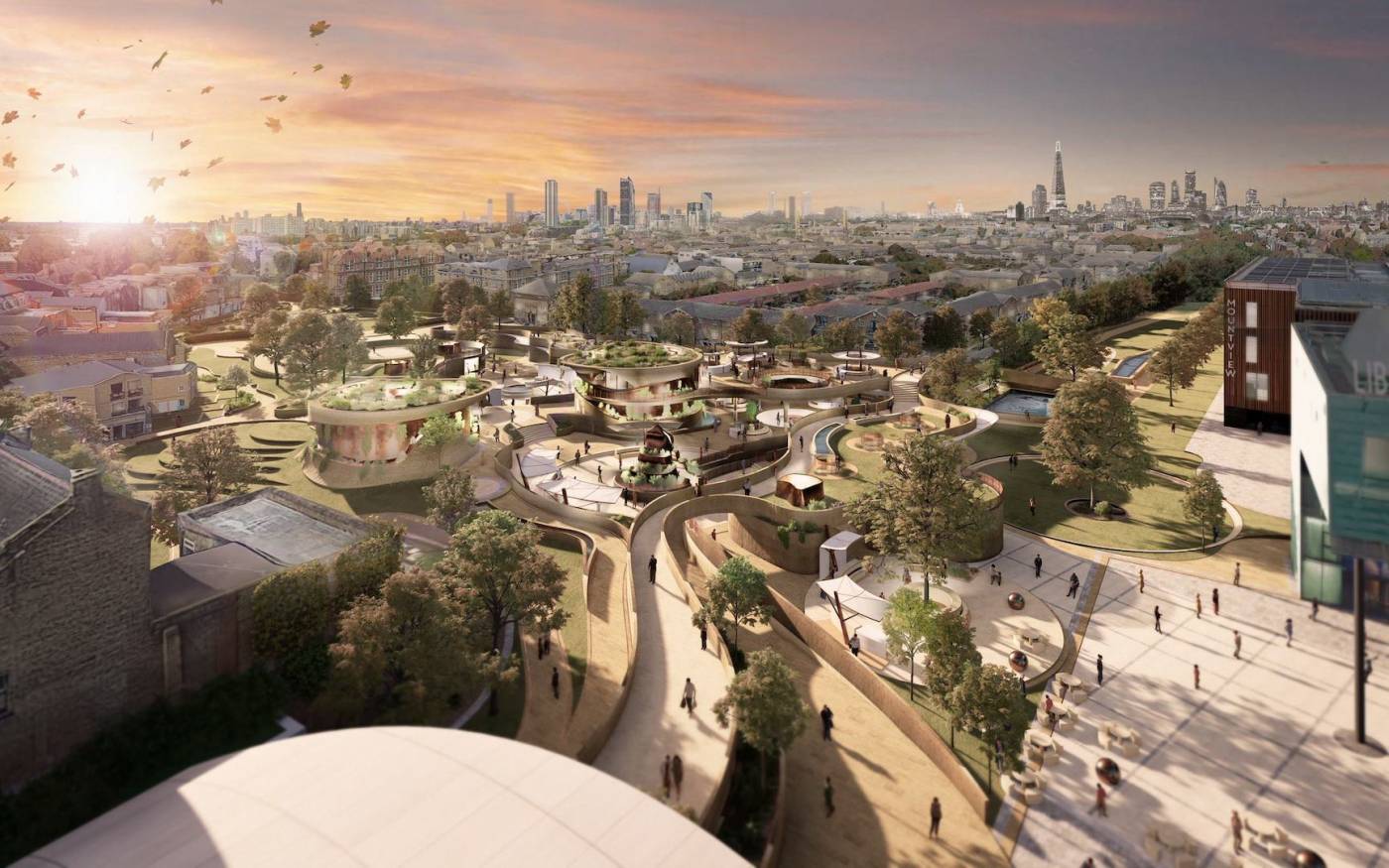
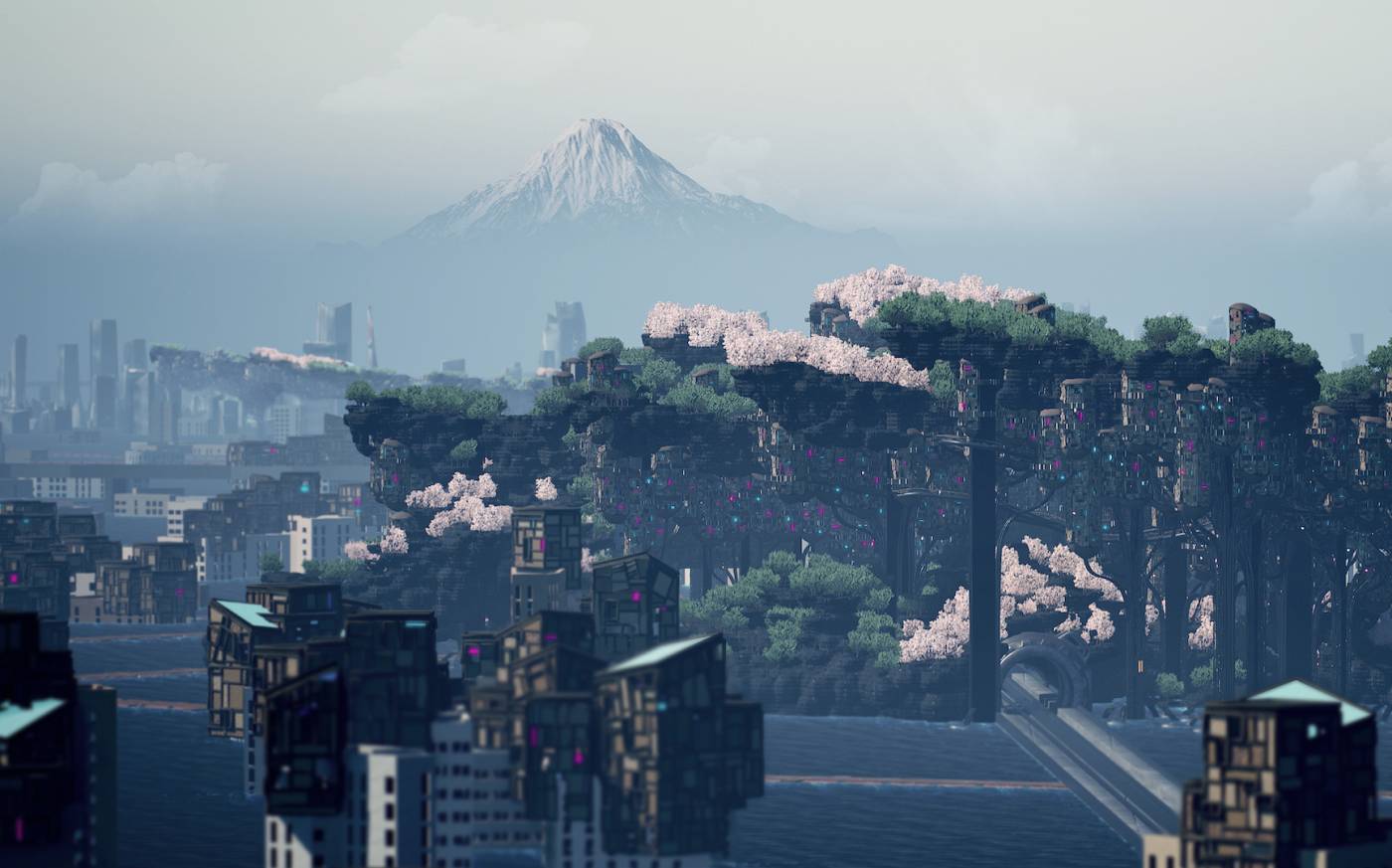
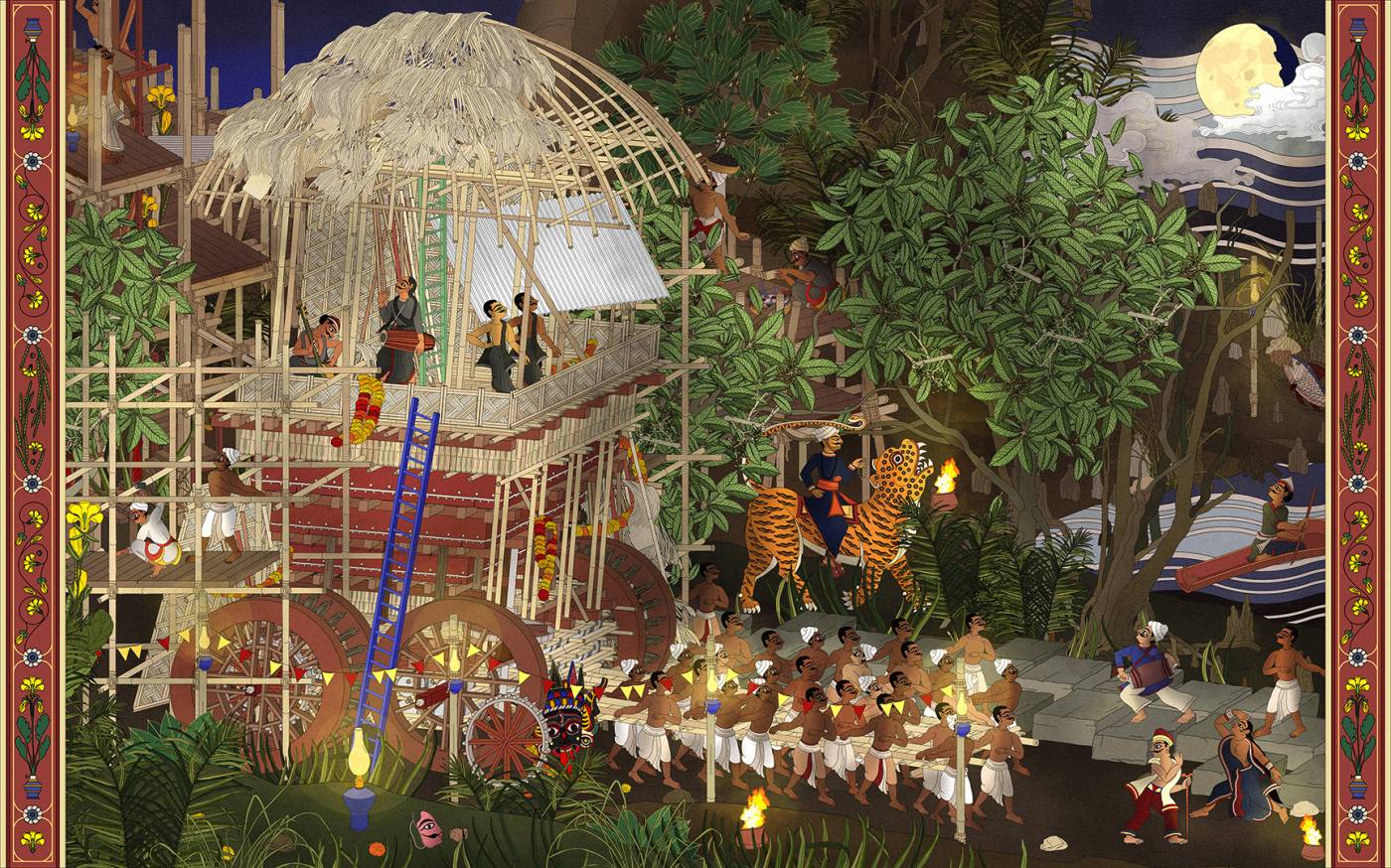
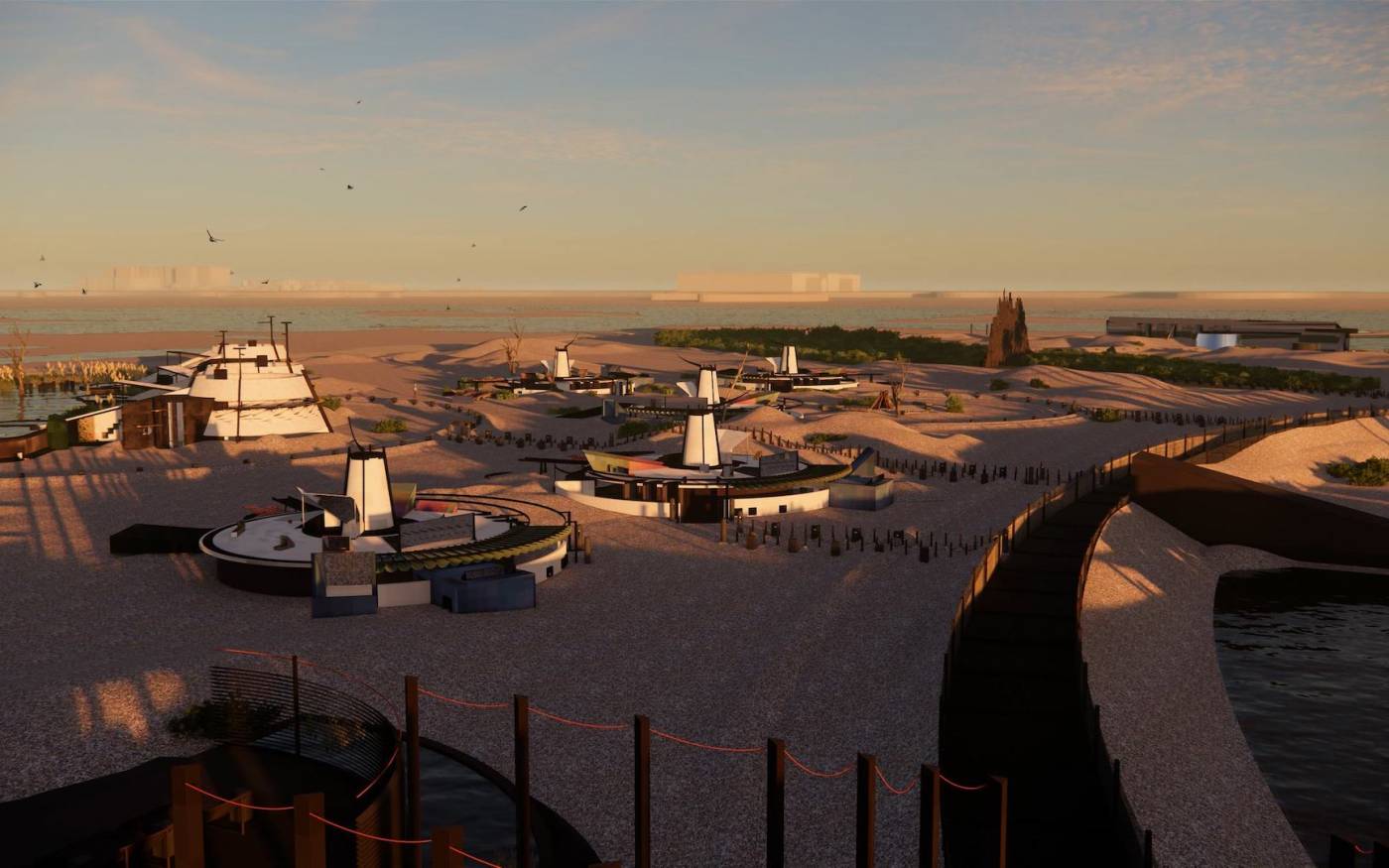
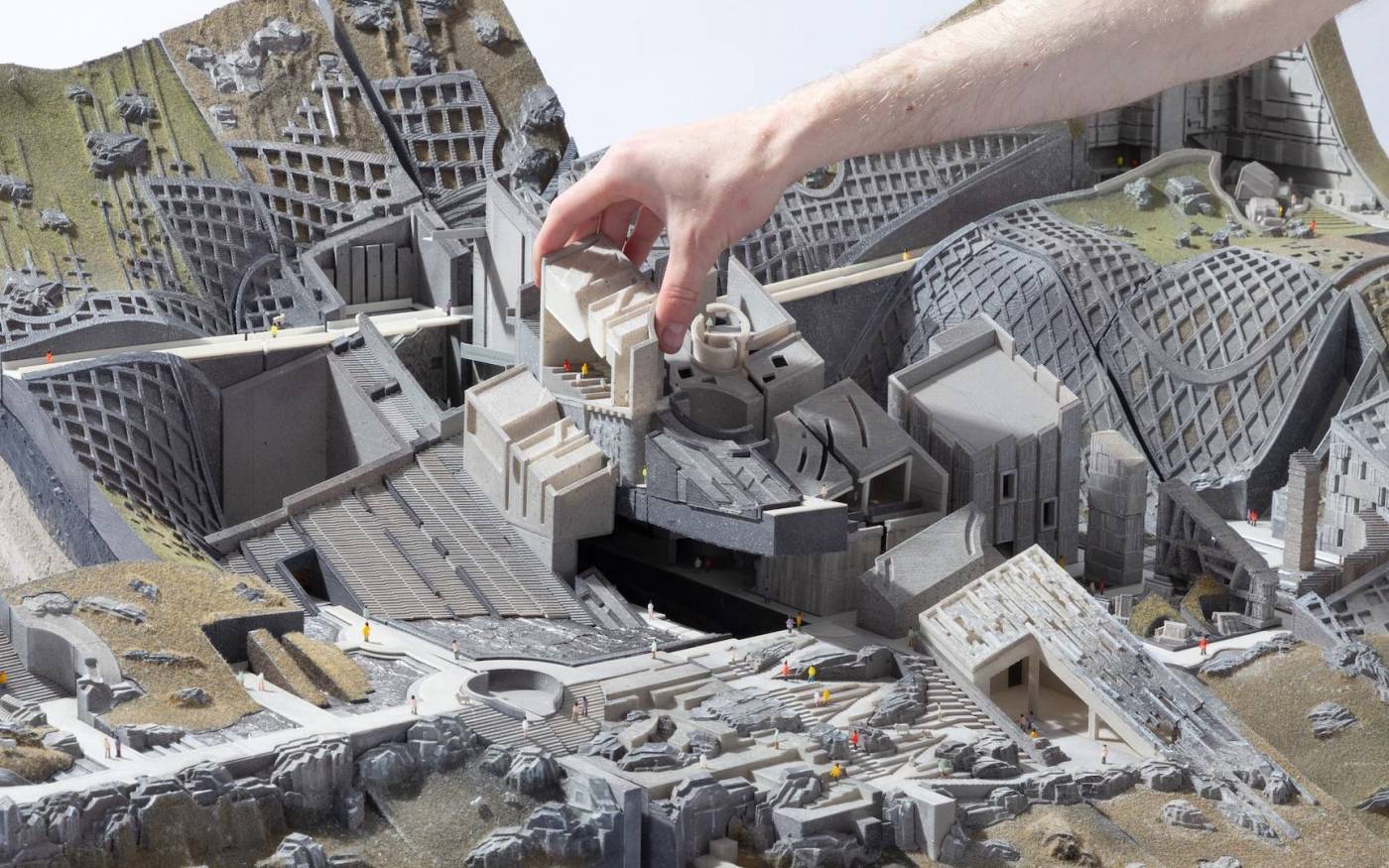
About
One of the leading Part 2 architecture programmes in the UK, this degree allows students to develop a position of deep understanding about what architecture is and what it could be. Students provide content and context to their academic efforts by writing about architecture, by designing architecture, and by scrutinising architecture – as discipline, practice, culture, career choice. They strengthen their core skills in design, technology, history and theory, and professional studies, working closely with world-class tutors, academics and practitioners.
Our belief is that architecture can make a key contribution to solving some of the most urgent problems of our times, with disciplinary boundaries being broken, alternative socio-political, ecological, material-system driven ideas being proposed, and new technological advances being made to better the built environment and the natural environment we all rely upon.
Unique to The Bartlett School of Architecture, more than half of the programme is delivered through design modules or groups, known as design units, which run throughout both years. Although distinct from one another, our units deliver a common set of principles with the support of a dedicated practice-based tutor.
Architecture MArch students benefit not only from the unique teaching style and structure at The Bartlett, but also from unrivalled industry networking opportunities, including the largest architecture graduate showcase in the UK, The Bartlett Summer Show.
Highlights
- Work with world-class tutors, both academic experts and practising architects
- Take speculative risks with your projects and test the boundaries of how architecture and sustainability are defined
- Learn, practise and research within a design unit, with the dedicated support and expertise of a practice-based tutor
- Enjoy the school’s unrivalled reputation and networking opportunities and exhibit in the annual Bartlett Summer Show
“The unit system allows close connections to form whilst still maintaining an open and friendly feeling within the programme.
Sam Coulton, Architecture MArch graduate, 2018
I wanted to study Architecture at The Bartlett, because their programmes seemed to open doors to more than one profession. The school is extremely good at supporting and developing the wildest interests of its students, which makes the environment exciting and stimulating.
“This programme at The Bartlett encouraged me to be explorative and define my own intellectual position in relation to my work. I intend to take these ideas forward in the future when I begin to practice architecture professionally.
Sonia Magdziarz, Architecture MArch graduate, 2018
Modules
Year 4
- Advanced Architectural Design 1 (60 credits)
Coordinators: Dr Kostas Grigoriadis and Matthew Butcher
Working within a Design Unit, students experiment with different approaches to design and representation and develop a conceptual and critical approach towards the aesthetic, functional and programmatic dimensions of their projects. Students build on the momentum they have gained from practice on their year (or two years) out.
They develop and resolve an inventive and authoritative architectural proposition, leading to a sophisticated building design, which responds to site, content and brief and critically examines the project’s historic, urban and social context.
Whilst developing their proposals, students are encouraged to identify areas of research that they will develop further in their final year 5.
- History and Theory of Architecture (30 credits)
Coordinator: Dr Eva Branscome
Guided by thematic seminar groups and their tutor’s research expertise, students develop critical awareness of the role of history, theory and criticism in architectural discourse. Students use independent learning and research to complete a substantial essay on a topic of their choice.
- Design Realisation (30 credits)
Coordinators: Pedro Gil and Stefan Lengen
This module encourages students to consider how buildings are designed, constructed and delivered. Students reflect on the relationship between building design and technology, the environment and the profession through an iterative critical examination of their major building design project developed within their Design Unit. Each unit has a dedicated practiced-based tutor, whose support is fully integrated in the operations of the unit for the majority of the year.
Year 5
- Advanced Architectural Design 2 (75 credits)
Coordinators: Dr Kostas Grigoriadis and Matthew Butcher
Year 5 is understood as the school's pinnacle in research based architectural education. Underpinned by the comprehensiveness of year 4, this module offers students an entire academic year to develop a complex spatial design proposition in synthesis with their Thesis dissertation.
Working within their Design Unit, students develop an advanced architectural proposition that is driven by rigour, freedom and excellence. Students are encouraged to take speculative risks with their projects in order to test the boundaries of how architecture is defined, understood, practiced and researched. Final projects take many forms, including drawings, models, films, prototypes, digital artefacts or systems, performances or interdisciplinary collaborations.
- Thesis (45 credits)
Coordinators: Oliver Wilton and Dr Robin Wilson
Students research a specific area of architectural interest that informs their design research, resulting in a thesis. This module supports the development of different research approaches through which students undertake their study, including: humanities-based critical and historical analysis, empirical data collection and analysis, social science methodologies, iterative design research, and technical/scientific applications.
Key information
Modes/duration
This programme is taught full-time over a period of two academic years.
Entry requirements
A minimum of an upper second-class degree in architecture from a UK university or an overseas qualification of an equivalent standard. Corporate membership of the following UK professional institutions: Architects Registration Board (ARB); the Royal Institute of British Architects (RIBA) would also meet the requirement.
Once your application has been received, you will be asked to submit a portfolio of your design work. Please do not send or upload your work until it has been requested.
Although it is not a requirement, professional work experience taken after completing your undergraduate degree is also expected.
- Read the full entry requirements for this programme on the UCL Graduate Prospectus
- Read the full guidance on portfolio preparation
Application guidance for 2024 entry
Applicants can only apply for a maximum of two postgraduate degree programmes at The Bartlett School of Architecture.
Application deadline
Applications for 2024 entry will open on 16 October 2023 and close on 23 February 2024. We strongly advise early application, as our programmes are over subscribed and competition is high.
Deferral
UCL does not accept requests to defer. However, we understand that there are sometimes exceptional circumstances that are outside of your control which means that you will not be able to enrol in the year of your application. For more information, please see UCL's Postgraduate Taught Deferral Policy page.
Tier 4 Student visa holders
Tier 4 Student visa holders are required to meet the English language proficiency with sufficient time to allow them to obtain a CAS number and visa.
Accepting your offer
To accept your offer, you must pay the non-refundable fee deposit and decline any other offers for programmes at The Bartlett School of Architecture. If you do not respond within the given time indicated on your UCL offer letter, then your offer will be withdrawn.
Fees and funding
- Tuition fee information can be found on the UCL Graduate Prospectus.
- For a comprehensive list of the funding opportunities available at UCL, including funding relevant to your nationality, please visit the Scholarships and Funding section of the UCL website.
Key staff
- Programme Directors
- Departmental tutor
- Azadeh Asgharzadeh Zaferani
- Advanced Architectural Studies (History and Theory)
- Dr Eva Branscome (Module coordinator)
- Design Realisation (Technology and Professional Studies)
- Pedro Gil (Module coordinator)
- Stefan Lengen (Module coordinator)
- Thesis tutors
Accreditation
Architecture MArch is accredited by the Royal Institute of British Architects (RIBA) and the Architects Registration Board (ARB). Students who successfully complete it are exempted from Part 2 of the ARB/RIBA examinations.
Careers
The school’s graduates have an excellent record of employment and destinations vary from internationally renowned offices to small-scale specialist practices. Other career destinations include film-making, website design and furniture design.
Contacts
- Programme Directors: Matthew Butcher and Dr Kostas Grigoriadis
- Departmental Tutor: Azadeh Asgharzadeh Zaferani
- Postgraduate admission tutor: Dr Shaun Murray
- Programme administrators: Kelly Van Hecke
- Programme admissions enquiries: Complete the contact form
Design Units
Please find summaries of the briefs our design units will be working to in 2022-23 below, alongside links to unit blogs and social channels. Current Architecture MArch students will receive full briefs at the start of term via Moodle.
- PG11
- Super Wicked
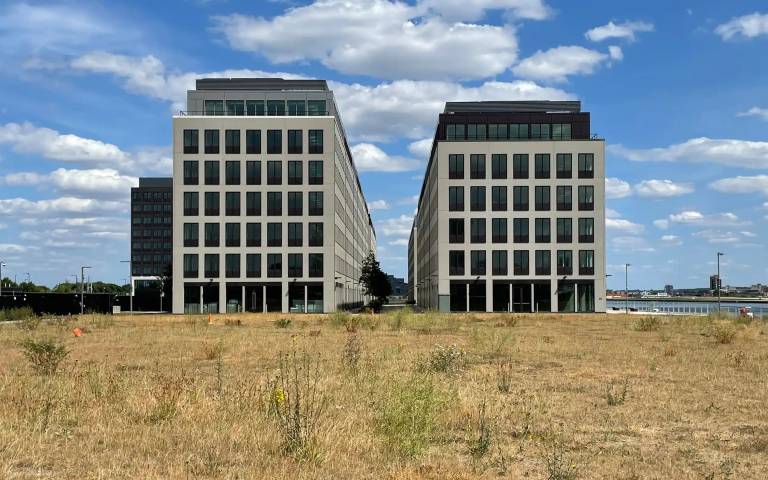
Climate change is a 'Super-Wicked' dilemma, nested within problems and interactions between natural, designed and social systems. According to Ritter and Webber’s definition, its wicked circularities, uncertainties and conflicts are never solved, “at best they are only re-solved—over and over again.” Flows of materials and energy intricately link architecture with the causes of climate change and its potential remedies so rethinking what and why we build is a critical task.
Unit 11 will focus on the enigmatic mosaic of natural and built environments in the Thames Gateway regeneration zone which, although marked for development since the 1990s, has never managed to achieve the ambitions of successive governments.
This year students will design innovative architectures, strategies and counter-programmes for the Gateway’s ‘Esturaine Exhurbs’ connecting past, present, and future issues, whilst balancing social, ecological, and commercial needs with environmental demands. Students will anticipate hybrid typologies, civic environments for yet-to-emerge cultures, technological adaptations, innovative material use and novel designs, that prioritize the environment and local communities. Unit 11 will travel to Barcelona where climate stress is having obvious impacts on the city and its rural regions.
Image: ‘A Ballardian air’ … empty buildings at the Chinese developer Advanced Business Parks’ development at Royal Albert Dock. London. The Guardian, July 2022. Photograph: Oliver Wainwright
- PG12
- Continuous Construction
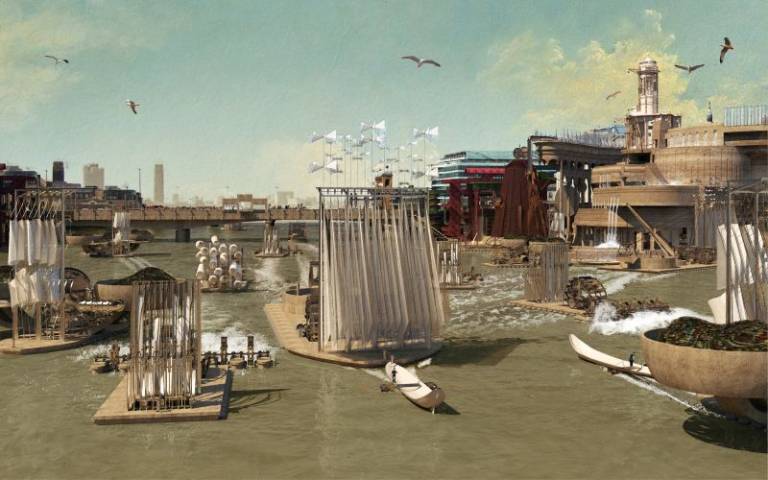
Jonathan Hill and Elizabeth Dow
The climate has stimulated the architectural, artistic, and literary imaginations for centuries. In response to climate change and the need to creatively reuse scarce material resources, The Unit 12 premise this year is that buildings are always in continuous construction. Building sites often appear ruinous, and demolition is essential to construction. Buildings are most fascinating when they are building sites, offering material, social, environmental, aesthetic, and poetic potential. Rather than occurring in sequence, design, construction, maintenance, repair, ruin, and demolition can occur simultaneously while a building is in use.
The Unit 12 trip this year is to Venice. Coupling decolonisation with decarbonisation as ‘The Laboratory of the Future’, the 18th Venice Architecture Biennale is curated by Lesley Lokko, who is a graduate of U12, and a former tutor also. Connecting the past, present, and future, students will design a building that is in continuous construction. The building’s purpose is to provide its location with a new future, or, even, new evolving futures.
Image: Silvia Galofaro, The Mud Dredger and the Dredging Flotilla, MArch U12, 2023.
- PG14
- Crafted Horizons
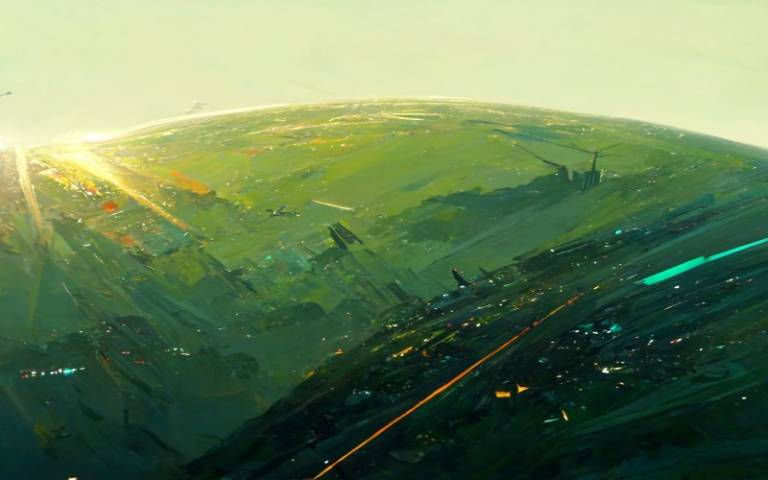
Dirk Krolikowski and Jakub Klaska
At the center of Unit 14’s academic exploration lies Buckminster Fuller’s ideal of the ‘The Comprehensive Designer’, a master-builder that follows Renaissance principles and a holistic approach. Fuller referred to this ideal of the designer as somebody who is capable of comprehending the ‘integrateable significance’ of specialised findings and is able to realise and coordinate the commonwealth potentials of these discoveries while not disappearing into a career of expertise.
Like Fuller, Unit 14 are opportunists in search of new ideas and their benefits via architectural synthesis. As such the Unit is a test bed for exploration and innovation, examining the role of the architect in an environment of continuous change. The propositions are ultimately made through the design of buildings and through the in-depth consideration of structural formation and tectonics. This, coupled with a strong research ethos, will generate new and unprecedented, one day viable and spectacular proposals. They will be beautiful because of their intelligence - extraordinary findings and the artful integration of those into architecture.
The focus of this year’s work evolves around the notion of ‘Crafted Horizons’. The term aims to highlight the architect’s fundamental agency and core competency of the profession to anticipate the future as the result of the highest degree of synthesis of the observed underlying principles. Constructional logic, spatial innovation, typological organisation, environmental and structural performance are all negotiated in a highly iterative process driven by intense architectural investigation.
Image: ‘Crafted Horizons’ copyright UNIT 14@Midjourney
- PG15
- Entanglements
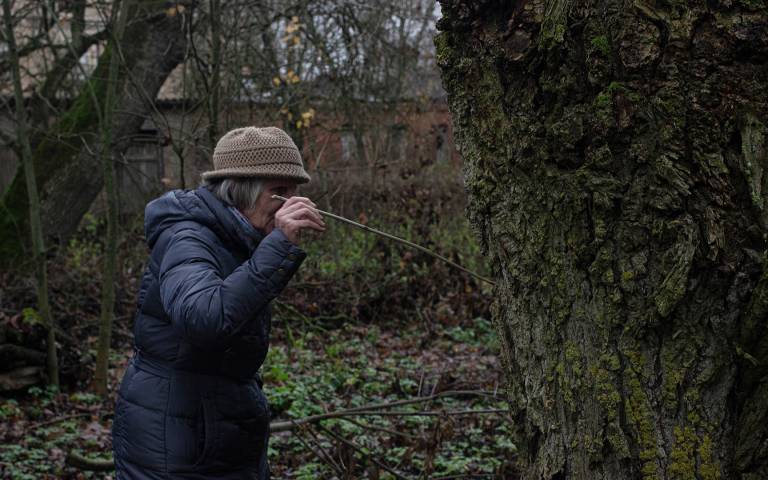
Enriqueta llabres-Valls and Egmontas Geras
“Gradually, the observer realizes that these organisms are connected to each other, not linearly but in a net-like, entangled fabric.” - Alexander von Humboldt
Unit 15 will embark on a comprehensive inquiry into the evolution of ecology as an academic framework. We will explore the myriad of interpretations and narratives that have infused this discipline, providing designers with a rich source of inspiration for research and design innovation. Inspired by Humboldt's concept of entangled fabric, we will craft work that resonates empathetically with its surroundings, embodying the ability to comprehend and share the experiences of others. To work towards an architecture with an expanded capacity to entwine, connect and evolve over time; an architecture that acknowledges the edges of what we know, articulates forms of learning and communicates these limitations.
In current ecological discourse there is a curious assumption of variations of strands as a primary descriptor for thought structures, enabling the capacity for logic to be prospectively woven or entangled. Strands are apt terms, they suggest relations, simple/complex and flexible behaviours, they make ties. To paraphrase John Ashberry’s kite analogy: the architect must be willing to release the string, at least partly, so as to give their invented “kite” the opportunity to float freely. Architecture’s strands are encouraged to go visiting, to search out possibilities. Unit 15 will engage their poetic sensibilities and enable entanglements.
Unit 15 will travel to Naples, to experience timelessness and the delicate state of urban memory - a journey through various anthropocentric decisions exemplified by material and abandonment.
Image: Searching a tree for stories. Known for at least 53 years, this tree lives on the outskirts of Anciškis, Lithuania (a town with a registered population of 43 people), (photograph by Egmontas Geras, 2018).
- PG17
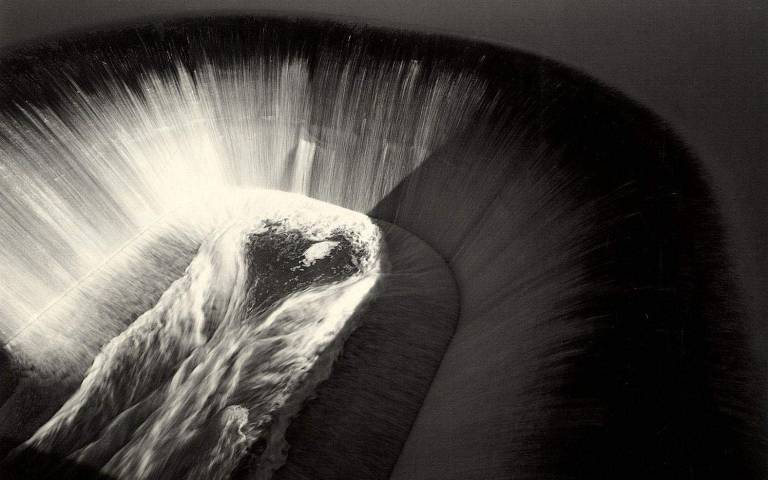
For things to remain the same, everything must change
Yeoryia Manolopoulou, Tamsin Hanker and Nasios Varnavas
This year Unit 17 will create radical, relevant and poetic projects that are based on a deep understanding of the architectural opportunity engaged with the world beneath our feet; the doing and undoing of civilizations, the remains of inhabitation across generations, the foundations of buildings, the cycles of construction and deconstruction, and ultimately of the responsibility we have as our creations perpetually form strata for the future. Human edifices are fossils-to-be.
The architect of the future is hybrid and will work dialogically in an emergent culture. You will develop collaborations with adjacent fields and engage with the wisdom of experts and communities. You will create a way of practicing rather than only a finished end-product.
Unit 17 will travel to Sicily, where students will be inspired by splendid architecture, entanglements of migration and urban settlements, and a magnificent natural world: Mount Etna, lava landscapes, citrus trees, land and water ecologies. Unearthed, grafted and grown upon, your architecture will address both local and planetary concerns.
Image: Dam, Toshio Shibata. Image Credit: Tucson, Arizona: Nazraeli Press, 2004
- PG18
- East/West DEVIATIONS
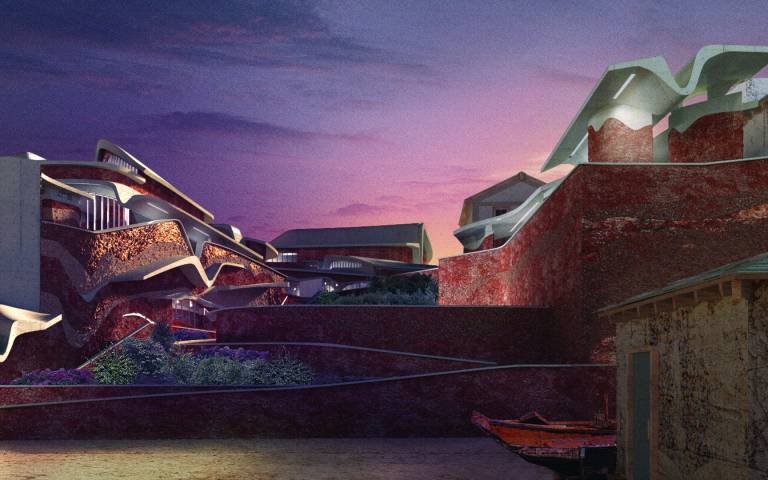
Ricardo de Ostos and Isaie Bloch
What is the role of the new in historic cities? In architecture that key philosophical question shifts to how we best live together. Most cities are usually divided in how to live in or between historic and modern urban settings; where to place tradition and innovation, where to invest in socio-cultural & economic transformation and where conservation is regenerative. The concept of East and West offers unique proxy ground to study the meeting of deviations. This year Unit 18 will investigate deviation through the radical architectural reconstruction of objects in Istanbul.
Istanbul is a unique modern metropole, located in Europe as well as Asia. Both ancient and modern Istanbul is home to a plethora of cultures sharing public space and ritual times. However, contemporary challenges are very prevalent. A deliberate lack of public spaces, ambiguous forms and functions and a lack of connectivity between East and West are a concern for most in the city.
Following Unit 18`s core interest on tectonics, material and culture studies; students will design syncretic architectures. Experimenting between the digital and physical. Here chunks of existing architectures will be used as starting points for formal and spatial exploration in conjunction with fabrication processes. In parallel students will utilize mixed media to study and experiment with Istanbul from afar.
Image: UNIT 18 - Jack Moreton, written by Accra.
- PG20
- NEO-AGILITY (Neo-Aestetics and [Post-Fragility)
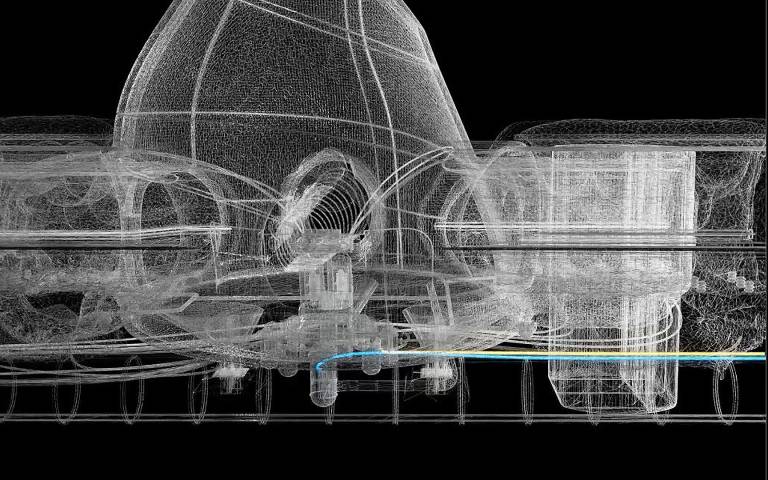
Marjan Colletti, Javier Ruiz and Tony Le
This academic year Unit 20 will embark on a design journey centred around ‘Neo-Aesthetics’ and ‘Post-Fragility’. The philosophy emphasises time-based design processes, enabling dynamic envisioning of forms, spaces, behaviours, and events – programmable, interactive, and intelligent, accessible without prior expertise. Architecture is seen as a series of interconnected time-based systems, yielding 4D scenarios through advanced computational tools and cinematic techniques. The goal is to foster critical discourse and fresh perspectives on architecture's purpose.
Design Brief 1 (Term 1) delves into 'Neo' in architecture, breaking free from traditional styles influenced by the 19th-century War of Styles. In the 20th century, diverse architectural styles reflected evolving values and innovations, while the 21st century sees a shift towards sustainability and social justice, blurring traditional style boundaries.
Design Brief 2 (Terms 2 and 3) explores architectural concepts merging adaptability with nature-inspired design ‘post’-fragile principles. Architectural agility is a focal point, allowing structures to evolve with their surroundings, informed by nature's resilience.
This research project encourages students to explore, blend, remix, and innovate without the burden of 20th-century ‘authorship’ perceptions. Deliverables include 2D drawings, but mostly 3D models and 4D animations, simulations and interactive immersive environments.
- PG21
- Sequential
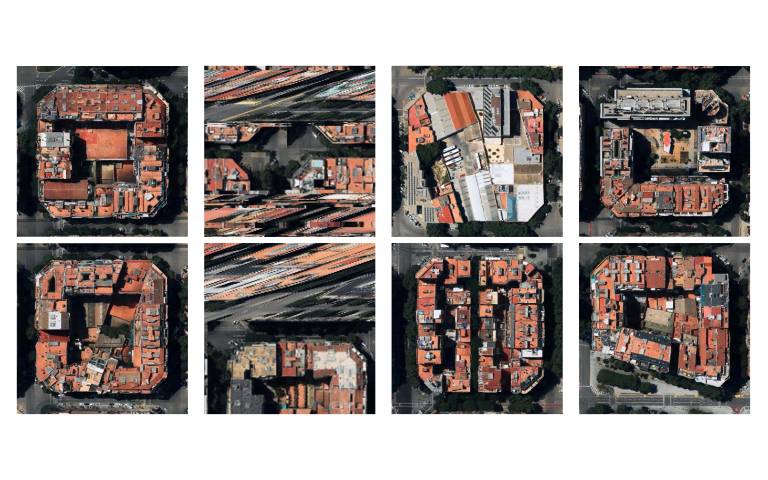
Abigail Ashton, Tom Holberton and Andrew Porter
Sequential processes are present in many analogue and digital systems. From chatGPT to our perception, physical making to film making, there are ways of thinking that operate as a string of successive transformations and decisions.
This year Unit 21 students will be making throughout the year. This could be physically or digitally, between the analogue and the digital, but the process must be a continuous chain of consequences. Students will be asked to develop their own evolving method that creates, fixes, and reacts to itself. The work should embrace operating in the moment, without necessarily knowing the end, or remembering the beginning.
Unit 21 will travel to Catalonia and Barcelona, to visit a continuously changing city, and explore various projects by Gaudi, Miralles, Bofill and RCR. The Unit operates a vertical studio culture that combines all years, from Year 2 to Year 5, supporting each student to develop their own unique design approach, and placing a value on the process throughout the whole year.
Image: Satellite Images of urban blocks in Eixample, Barcelona. No. 2 and 6 reconfigured by a Markov Chain.
- PG22
- The Rites of Passage
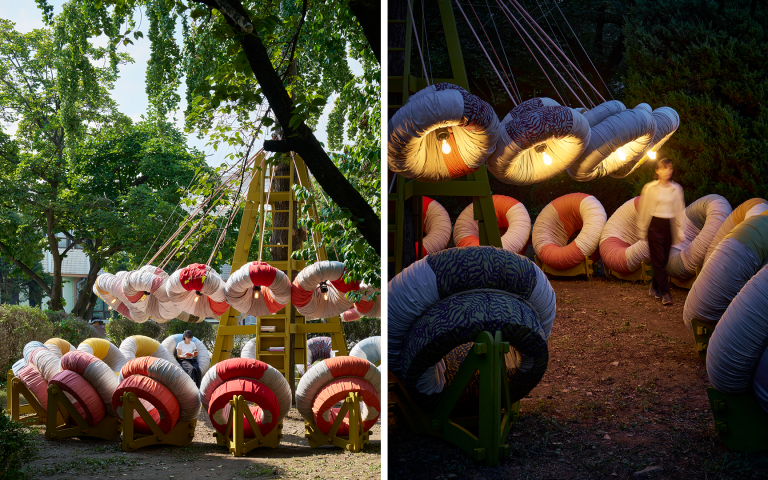
Izaskun Chinchilla Moreno and Daniel Ovalle Costal
Common recollections tend to refer to the provision of shelter as the origin of architecture. However, a more nuanced and interdisciplinary approach, incorporating knowledge gathered by anthropologists and archaeologists, points towards the accommodation of rituals as another reason for humans to have started building.
Rites of passage are defined as ceremonies, rituals, or events marking an important stage in someone's life, especially birth, the transition from childhood to adulthood, marriage, the birth of descendants and death. Key rites of passage have historically been collective, but in recent decades in the west they have evolved into individual and more private affairs. Find two evocative examples above to stimulate your imagination.
This year Unit 22 students will be invited to design both urban and architectural spaces that facilitate the communal and collective celebration of rites of passage, re-empowering their social dimension. The Unit will also invite students to recognise through design changes in people’s life that have been traditionally hidden, and that would benefit from greater visibility.
For the fieldtrip students will travel to Sicily to explore collective rituals and customs still alive across the island and reflect on their impact in public and interior spaces.
Image: Bojagi Lounge, Anynag, South Korea. By Izaskun Chinchilla Architects, 2023.
- PG23
- It’s Bound to Fail
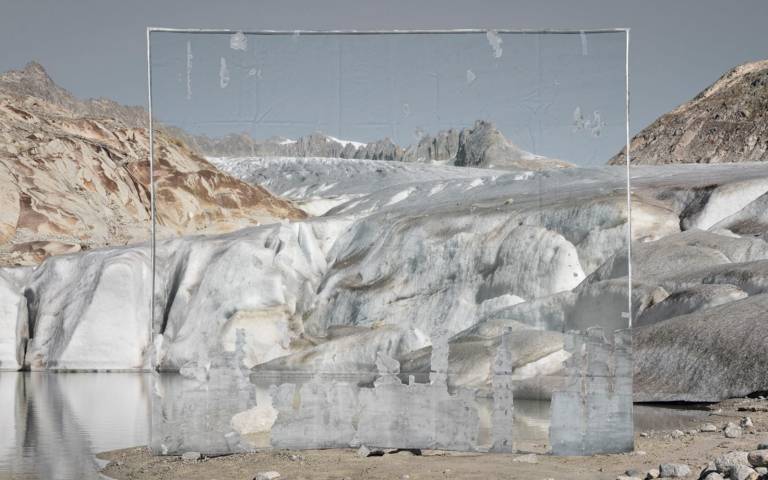
Farlie Reynolds and Ben Spong
"There is no failure, only feedback." – Peter Buchanan
Interested in material, structural, and spatial experimentation at a range of scales, PG23 champions innovative architectural strategies that boldly address the environmental challenges of our time. Flying in the face of predictability and determinism, this year the unit will explore measures of failure as a driver for our creative practice.
Failure operates precariously close to success. It holds the capacity for contingent breakthrough and absolute disaster in equal proportion. In a bid to mitigate against failure the architectural profession has developed layers of regulation and conventional practices that too often go unchallenged. We will ask ourselves where failure resides in Architecture, and how architects might operate at its fringes to progress the profession beyond that which is already proven.
The hostile climate and isolated geography of Sweden and Finland will provide antagonistic testing-grounds for experimentation and discovery. Chasing the paradoxically productive forces of failure, we will address critical and provocative questions of architecture: of its identity, authenticity, convention and adaptability, of the provenance of materials and the skills and people that make it.
To try is to fail and to fail is to discover. This is where we will begin.
Image: Noémie Goudal, ‘Project Pressure’ (2017). A photograph of the Rhone Glacier, photographed on the glacier, as photograph and glacier degrade together.
- PG24
- Adaptation
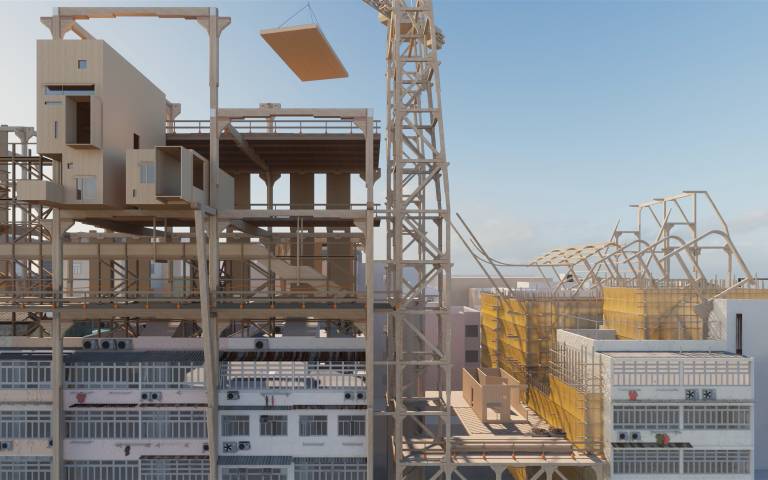
Penelope Haralambidou and Michael Tite
Unit 24 are a group of architectural storytellers employing film, animation, VR/AR and physical modelling techniques to explore architecture’s relationship with time. The Unit is in search of bold new narratives to help make sense of the complexity of today’s world.
Adaptation is a term with a multiplicity of meanings. In architecture, it has gained prominence in the growing need for adaptive reuse of existing buildings, as a combination of urgent crises makes building anew a thing of the past. A key term in evolutionary theory, biological adaptation describes mutations necessary for creatures to adapt to their environment, while our slow speed of adaptation to the climate emergency is a controversial topic. Adaptation in the arts has a long tradition of converting one type of work to another, from a novel to a film screenplay. Furthermore, developments in digital technology and AI demand a post-human, lightning-speed adaptation to a new hybrid physical/digital spatial order.
This year Unit 24 will make adaptation its primary focus. The Unit will travel to France to explore the material, philosophical and socio-political dimensions of adaptive reuse. Students will graft new designs into the long history of older buildings by employing the story-telling potential of all types of adaptation in architectural design.Image: Anthony Tai, Kowloon Reimagined: Bridging Hong Kong’s Past and Future, 2023
- PG25
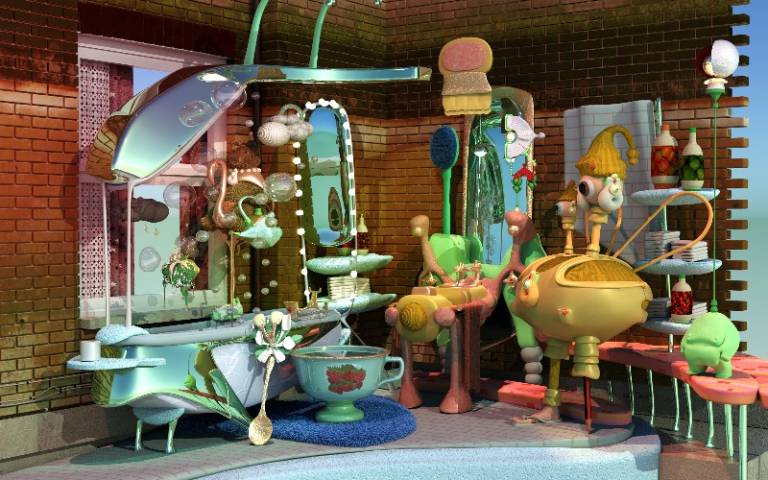
Wild at Heart and Weird on Top
Ifigeneia Liangi, Ivan Chan, and Dan Wilkinson
Unit 25 works with a foot in the magical and a hand in the practical. The focus lies in the exploration of innovative, hybrid approaches to architectural practice, drawing inspiration from diverse disciplines and infusing them with architectural sensibilities. Examples of this might include painter-architects, geographer-architects, actor-architects and everything in between. The nature of these hybridisations will be determined by the Unit’s students’ and the interests they bring to the table. The Unit explores autobiographical ways of working while also speaking to civic concerns, developing poetic and critical proposals that add to the available stock of reality.
Not so long ago, it was expected for an architect to be as familiar with the designing of outfits, theatre sets, pyrotechnics and even snacks, alongside the designing of buildings. As well as being a military expert, artist, theatre designer, engineer and architect, Bernardo Buontalenti also invented ice cream in the 16th century. During this era these activities were considered inseparable. This year, projects from Unit 25 will reflect on this history from our current moment. As such, students will look at how the slowness of building might be informed by quicker disciplines such as entertainment and fashion.
The field trip will be to Greece, where students will travel between Athens and Thessaloniki, and consider architecture in relation to civic storytelling.
Image: By Night Kitchen Studio; A magical domestic landscape featuring everyday elements and otherworldly characters.
 Close
Close


